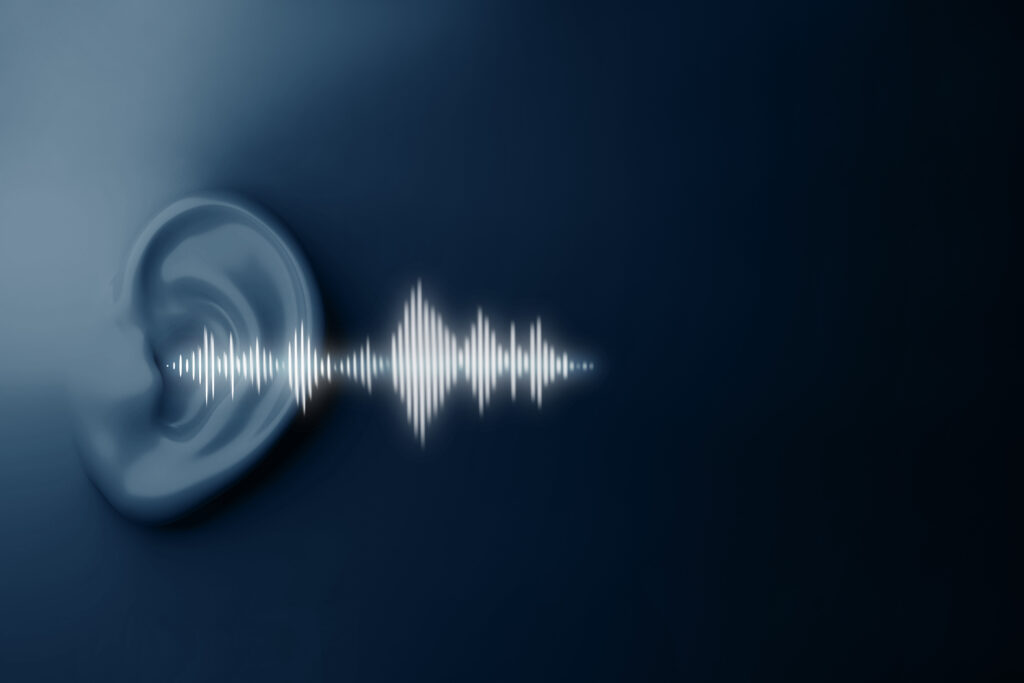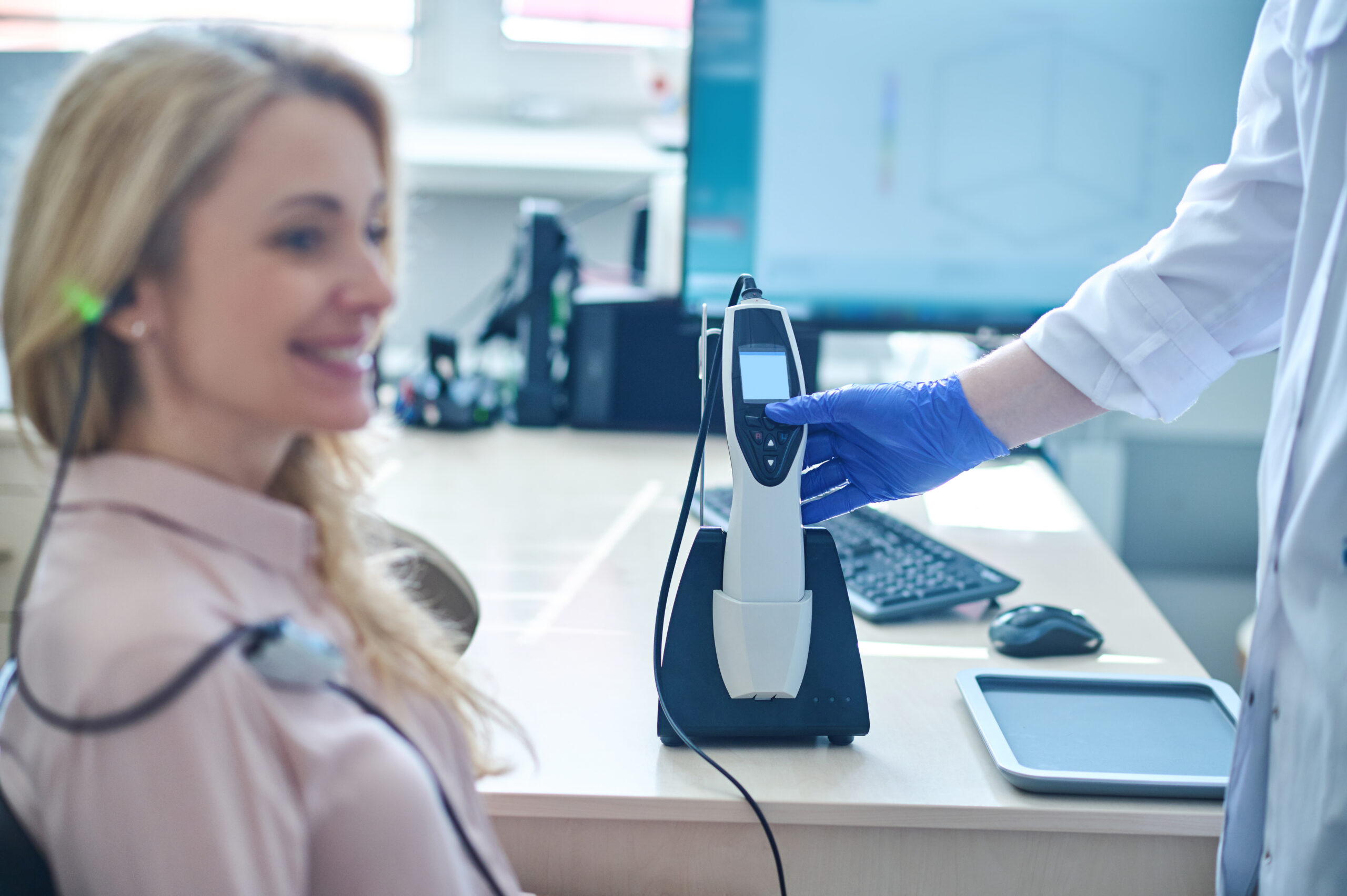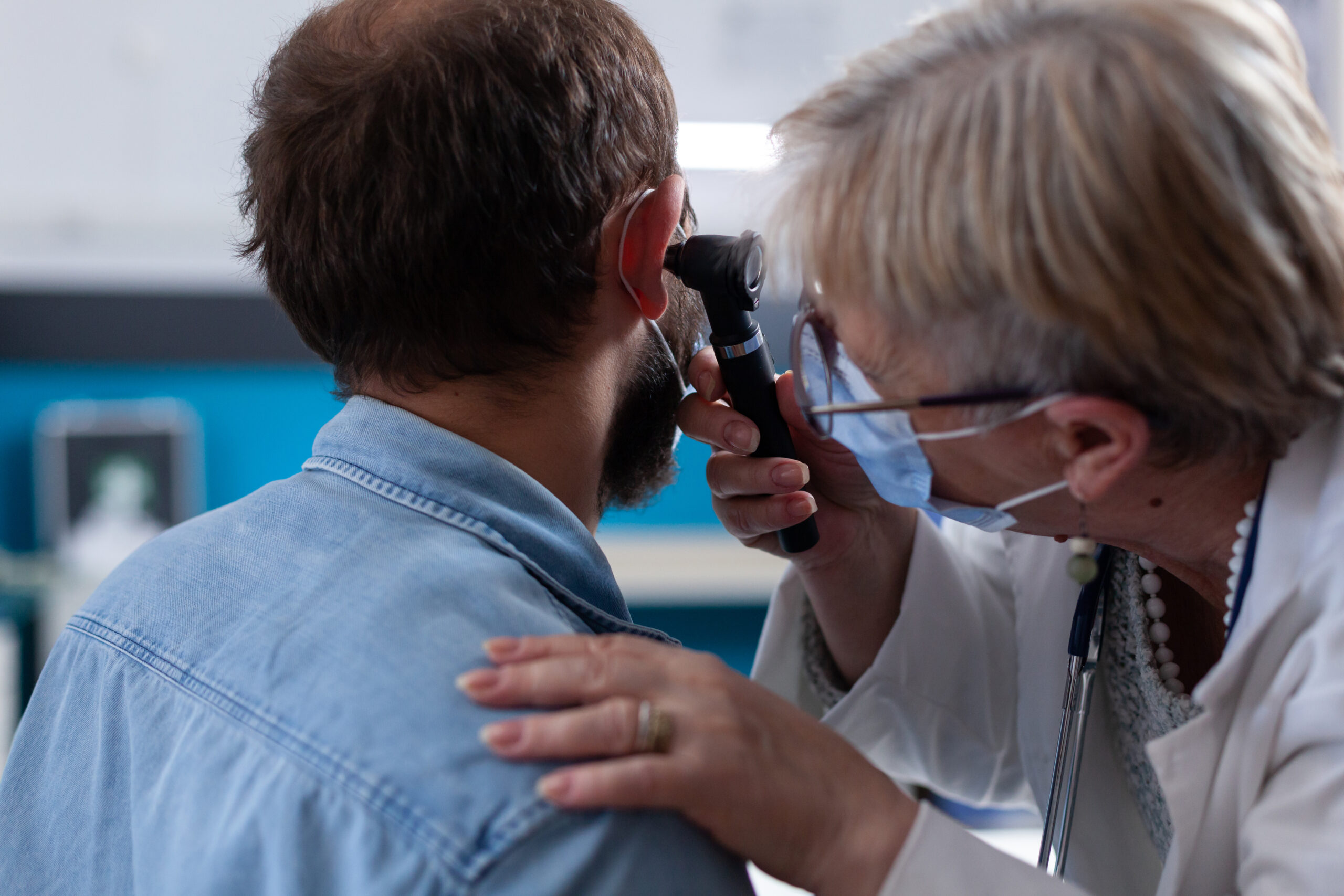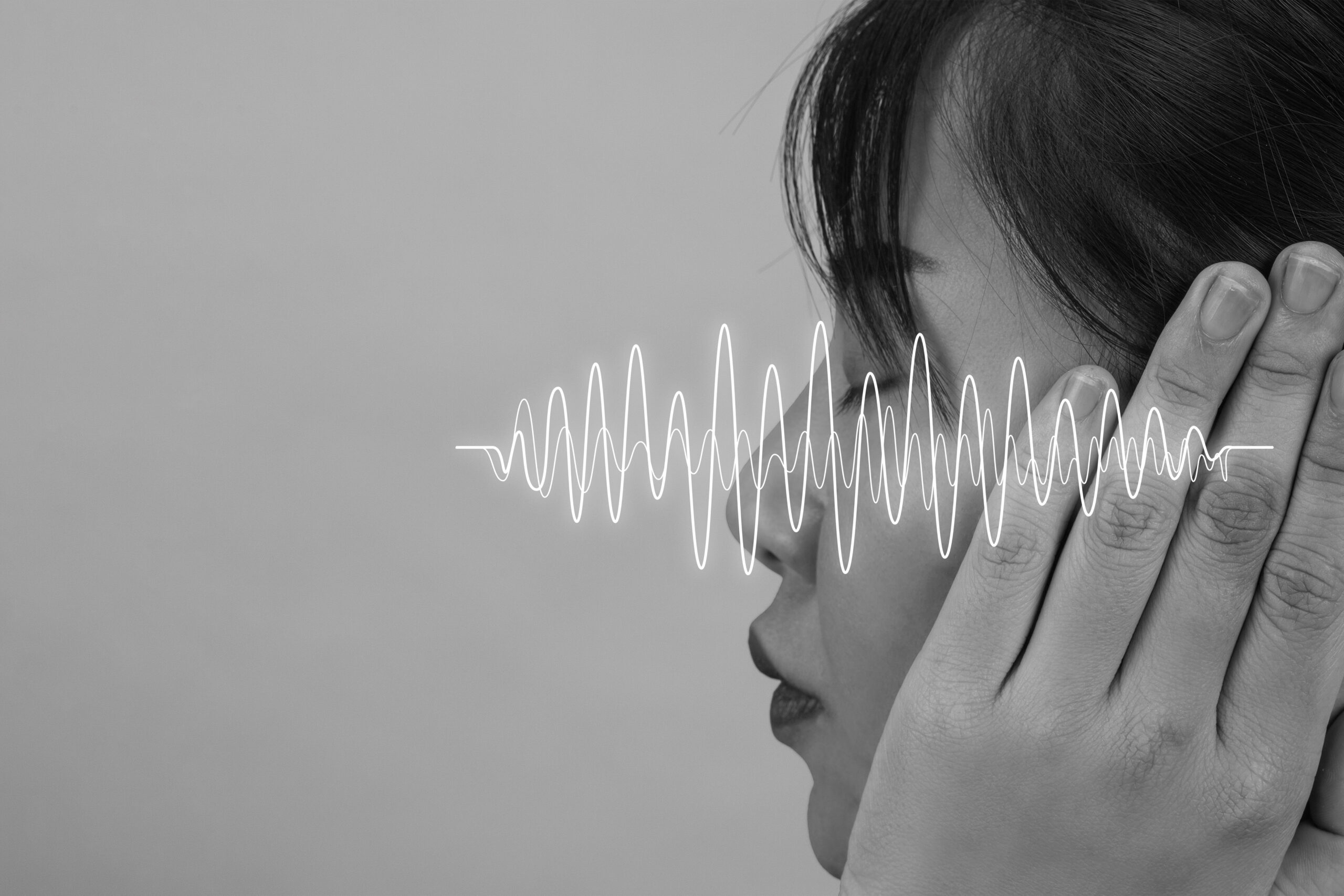
Table of Contents
ToggleAudiometry
The patient underwent audiometry tests which enable professionals to diagnose hearing capability. It assesses how well one can hear varying some sounds, pitches, and frequencies. This test aids in determining whether a person has hearing loss and what the degree and type of the impairment are.
What is an Audiometric Test?
An audiometric test is administered by an audiologist to evaluate a person’s ability to hear sounds. The assessment consists of differences in range of hearing, detection speech, and hearing reflex.
Types of Hearing Tests
Different types of hearing tests exist to fulfill diagnosis-specific functions:-
1. Pure tone test (PTA)
Testing used for determining hearing sensitivity to different tone frequencies.
2. Impedance (Tympanometry)
Assesses middle ear function. Ear Contributors to Hearing Loss.
3. Stapedial Reflex Threshold (SRT)
Assesses the reflexive action of the ear muscles.
4. Behaviour observation Audiometry (BOA)
For infants and those who can not give responses in conventional form.
5. Uncomfortable Loudness Level (UCL) Test
This test establishes the highest sound level an individual can endure.
6. Play Audiometry
Conducts interactive hearing tests on children. The Children with Hearing Loss page on our website provides additional information about this topic.
7. Speech Recognition Test
Measures the inability to understand speech.
8. Tone Decay Test
Assesses temporal auditory exhaustion.
9. Computerized Digital Hearing Aid Fitting (Latest System)
The specialist implements customized software to adjust hearing devices on various levels for optimum sound clarity and comfort along with balance control.
The pure tone test determines hearing sensitivity and tympanometry evaluates eardrum movement based on air pressure modifications. This combination of tests provides an entire evaluation of auditory health status.
Pure Tone Testing for Auditory Testing
The standard hearing loss test is called a pure tone test. The examination determines minimal audible sounds for different frequencies that someone can detect. The audiologist uses audiogram charts to interpret hearing test outcomes resulting from the procedure.
Masking in Pure Tone Testing:
Masking is a method employed to keep one ear from conflicting with the testing results from another ear. It guarantees precise assessment of hearing thresholds.
What Is the Science Behind Masking?
Rule 1:
Mask if the threshold of the test ear is significantly better than the non-test ear.
Rule 2:
Cross hearing should not occur, so masking noise should always be delivered at a level that ensures it does not cross over.
Rule 3:
The formula to use for masking is: Effective Masking Level = AC (the non test ear) + 10 dB
Understanding Speech Recognition Tests
Speech Recognition Tests
You need to assess both your ability to perceive spoken inputs as well as understand what is being spoken. It includes:
1. Speech Recognition Threshold (SRT)
These sounds pick up the lowest volume that someone can still perceive.
2. Word Recognition Score (WRS)
The score enables identification of the percentage of correctly repeated words..
As with pure tone testing, whenever there is a considerable difference between the two ears, masking must be employed whenever assessing speech recognition to obtain valid test results.
Conclusion
The assessment of hearing impairments requires testing through sensing audiometry. OAE serves as a vital instrument that professionals use to detect the severity and nature of hearing impairment thus supporting audiological practitioners in selecting appropriate treatment methods. The types of audiometry tests and testing procedures enable people to eliminate any misconceptions about their hearing health condition. Professional audiologists should be consulted when you experience hearing difficulties to receive an audiometry test for treatment evaluation.
Need a hearing test? We welcome your inquiries for expert evaluation together with suitable solutions.
FAQs
1. How Do you Write the Formula for the Mask?
The usual masking formula is:
PAR Average with a correction of 0.05 for the limits is used for randomised information based on the attributed linguistic structure of a sentence.
2. What Are the eight types of hearing tests?
Eight – of which are the following: Pure Tone Testing, Speech Recognition Tests, Tympanometry, Stapedial Reflex Testing, Behaviour Observation Method, Play Method, Uncomfortable Loudness Level Test and Tone Decay Test.
3. What is the Rule 3 of Masking?
Rule 3: Masking applies if the difference between test ear and non-test ear exceeds interaural attenuation levels.
-

- Close up of specialist using otoscope to do ear examination with patient. Woman otologist checking infection with otolaryngology instrument at medical visit during coronavirus pandemic. credit by freepik
-

- Hearing exam. Otolaryngologist doctor checking woman’s ear using otoscope or auriscope at medical clinic. credit by freepik
-

- Obtain Knowledge about Hearing Problems and Their Origins as Well as Their Signs and Solutions to Protect Auditory Wellbeing. credit by freepik
-

- Obtain Knowledge about Hearing Problems and Their Origins as Well as Their Signs and Solutions to Protect Auditory Wellbeing. Credit by freepik








